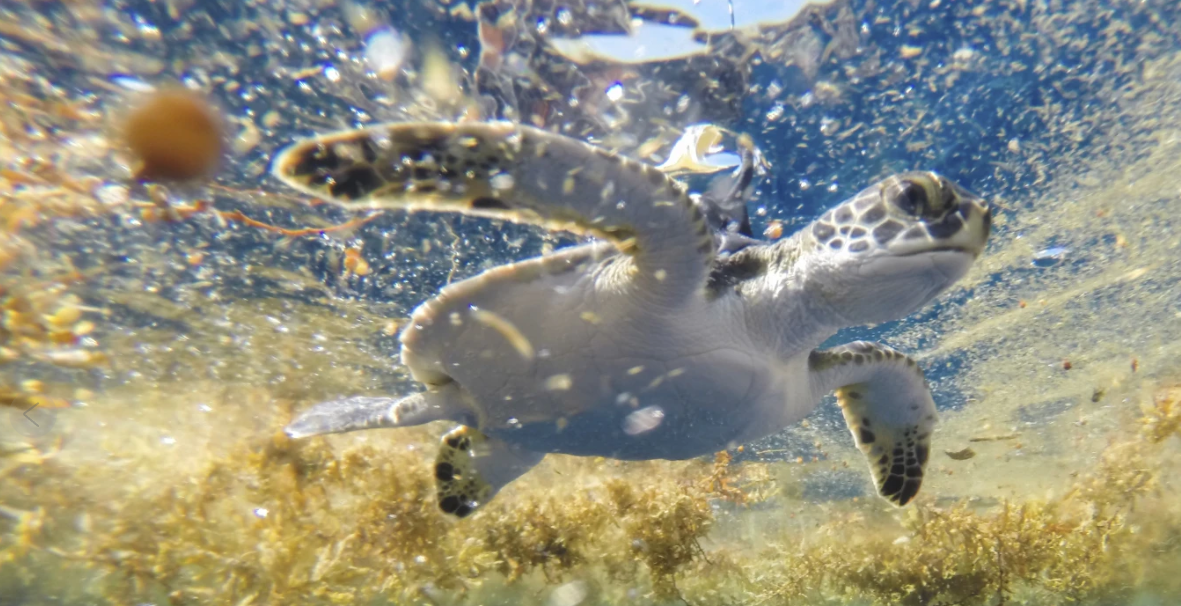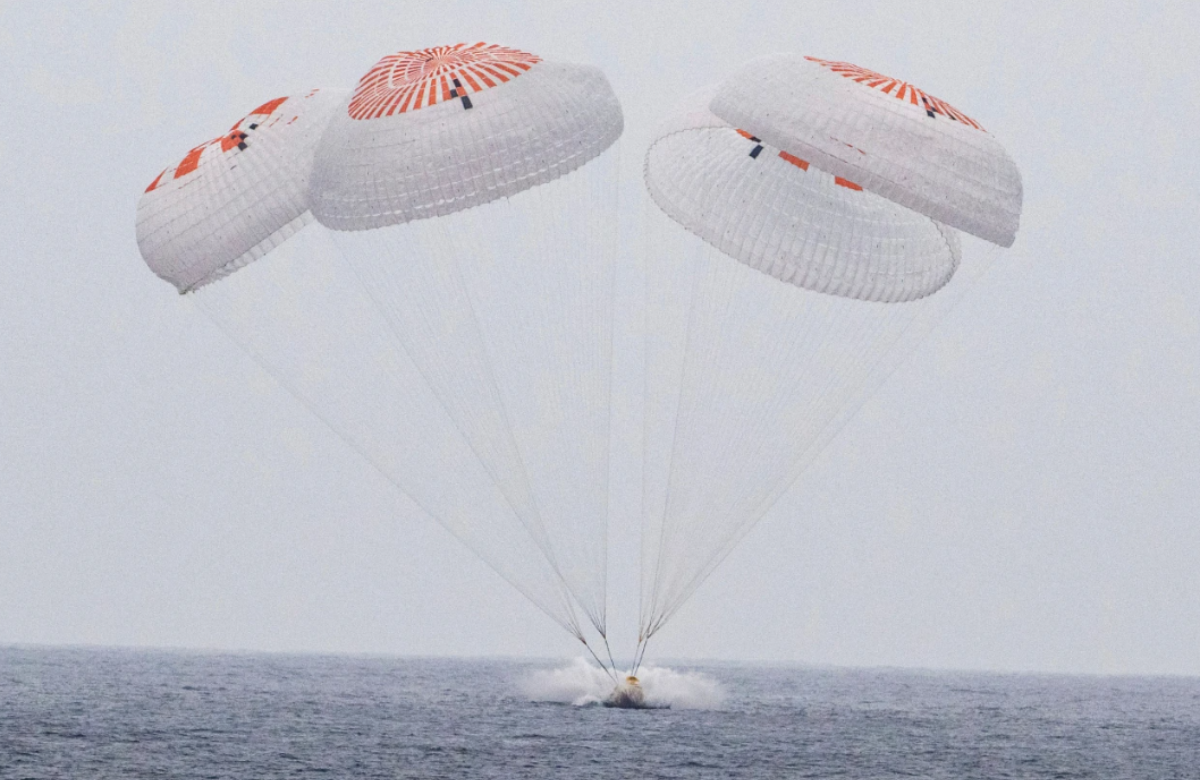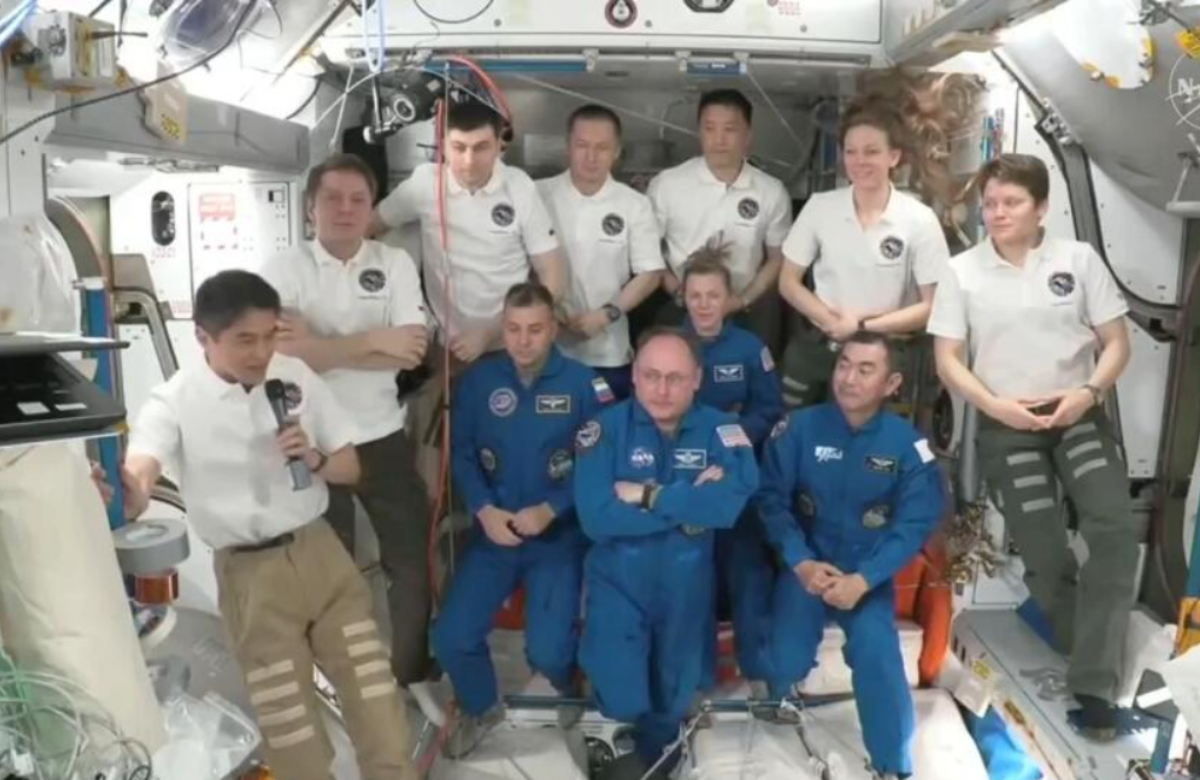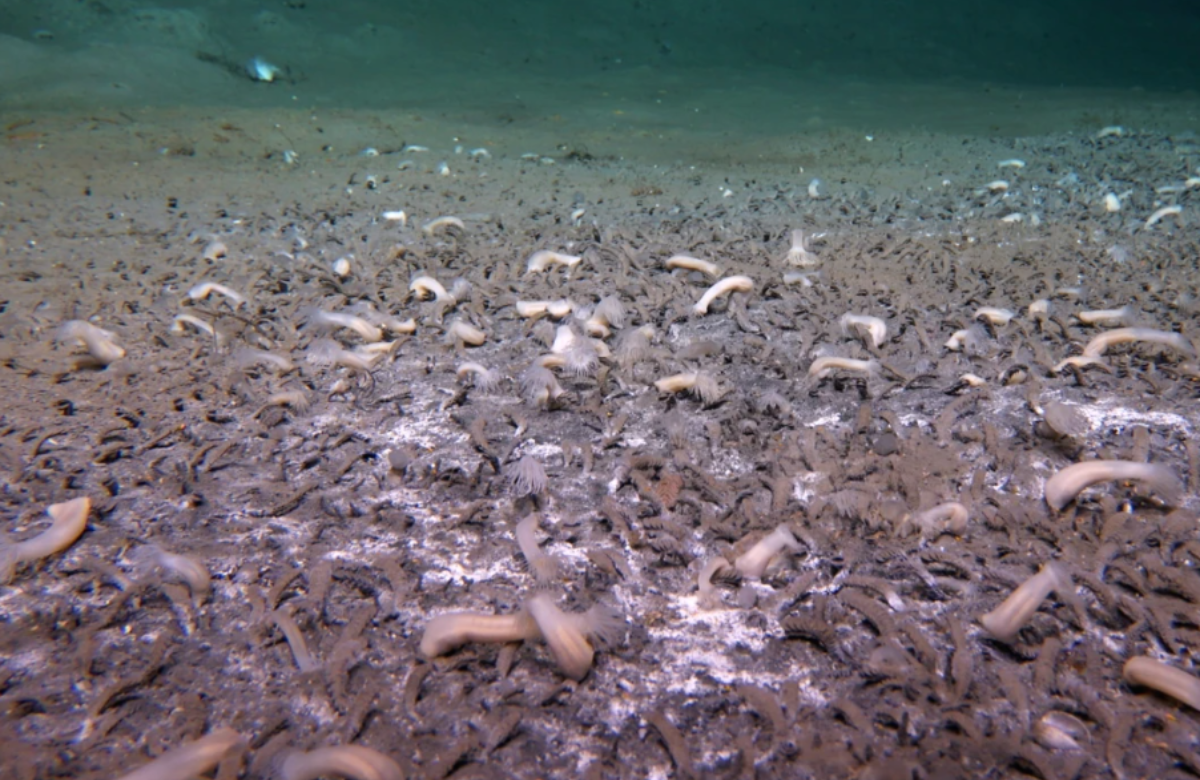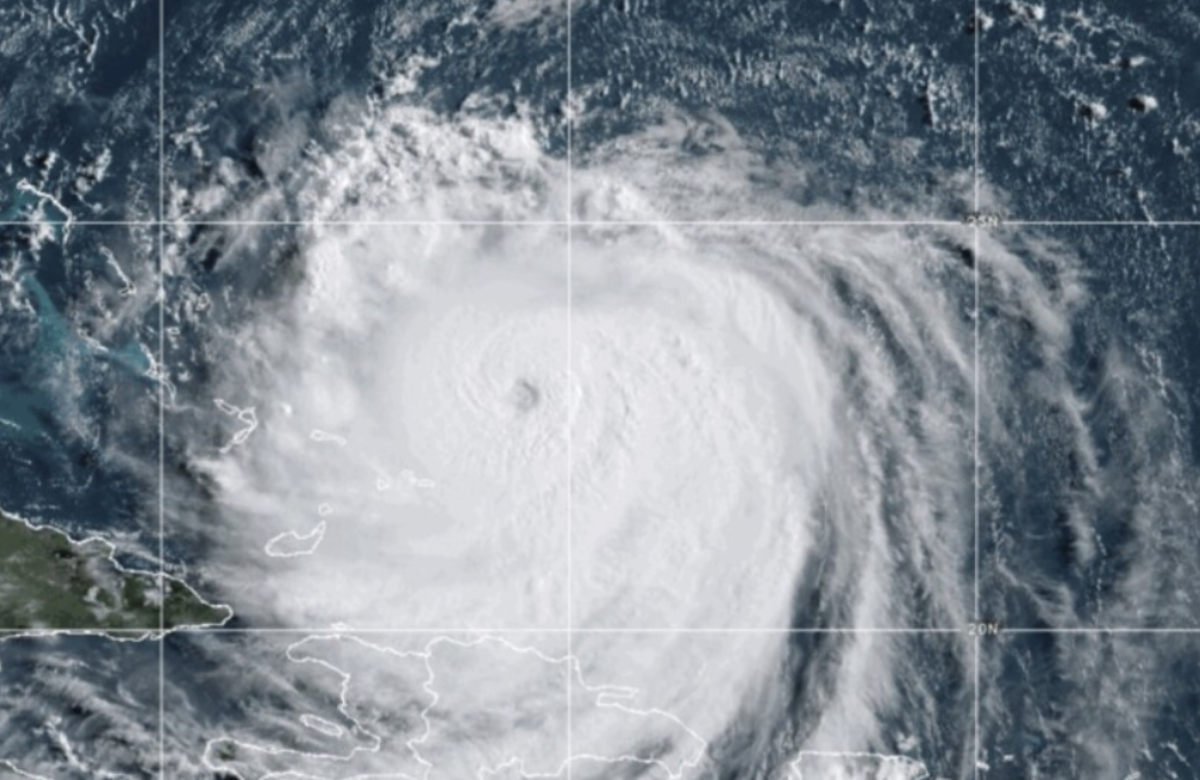Using satellite trackers, scientists have recently uncovered the locations of young sea turtles during a crucial stage of their lives. Kate Mansfield, a marine scientist at the University of Central Florida, explained that there has been a significant lack of data regarding the early stages of sea turtles, from hatchlings to toddlers. This period has remained largely unknown to researchers.
For years, scientists have been curious about the “lost years” of sea turtles — the time between when the tiny hatchlings leave the beach and when they return to the coastlines as nearly full-grown adults, which spans from one to ten years. A new study published this Tuesday sheds light on these mysterious years. Over the past decade, Mansfield and her team attached GPS tags to young wild turtles with fast-growing shells. They navigated small boats through the Gulf of Mexico in search of young turtles drifting among algae, successfully tagging 114 turtles, including endangered species like green turtles, loggerheads, hawksbills, and Kemp’s ridleys.
The GPS tags eventually fall off as the young turtles grow, since their shells shed quickly, according to Katrina Phillips, a marine ecologist at the University of Central Florida and co-author of the recent study published in Proceedings of the Royal Society B.
Researchers have found new insights about the movements of young turtles, challenging previous beliefs. For years, scientists thought that the turtles simply drifted along with ocean currents. However, by tracking the turtles’ locations using tags, the team discovered that these turtles are actually swimming rather than passively drifting.
Co-author Nathan Putman, an ecologist from LGL Ecological Research Associates in Texas, explained that the results were surprising. The team confirmed the turtles’ active swimming by comparing their paths to the routes of drifting buoys deployed at the same time. Interestingly, while more than half of the buoys washed up on shore, the turtles continued on their journey, proving they weren’t just following the currents.
Bryan Wallace, a wildlife ecologist from Ecolibrium in Colorado, pointed out that the tracking data revealed something unexpected: young turtles are actively making their own choices about where to go in the ocean and what to avoid. This was a surprise since researchers thought the turtles were more passive.
The tracking data also showed more variation in the turtles’ locations than anticipated. They traveled between the continental shelf waters and the open ocean. One of the challenges in tracking the turtles was developing durable, flexible, solar-powered tags that could stay attached to their shells long enough to transmit data.
Jeffrey Seminoff, a marine biologist at NOAA, explained that for years, technology couldn’t quite match the vision of tracking these animals. However, with this new data, scientists have gained valuable insights into how young turtles use the Gulf of Mexico, an essential area for four endangered sea turtle species.
Jeanette Wyneken from Florida Atlantic University, who wasn’t part of the research, emphasized that while sea turtles were never truly lost, scientists had simply lost track of them for a time.
